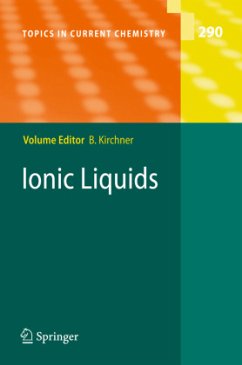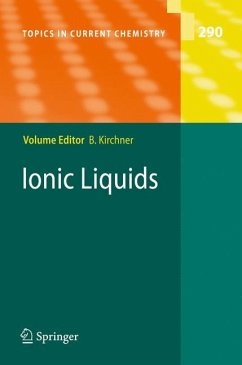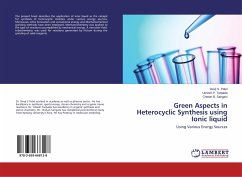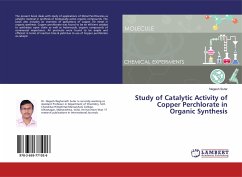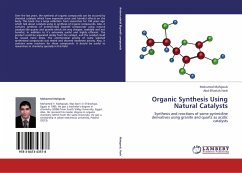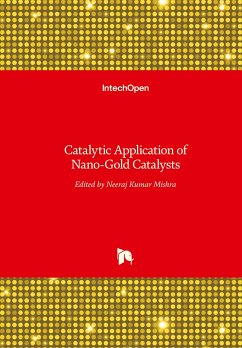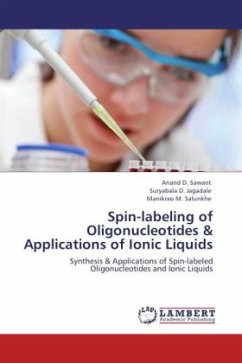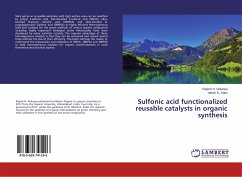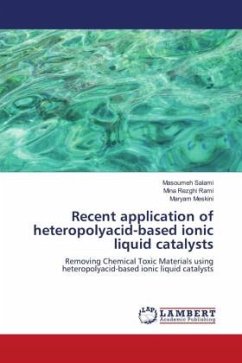
Recent application of heteropolyacid-based ionic liquid catalysts
Removing Chemical Toxic Materials using heteropolyacid-based ionic liquid catalysts
Versandkostenfrei!
Versandfertig in 6-10 Tagen
29,99 €
inkl. MwSt.

PAYBACK Punkte
15 °P sammeln!
Heteropolyacid-based ionic liquids (HPAILs) have garnered a lot of attention over the past several decades because of their peculiar physicochemical properties as catalysts. In the first place, their Bronsted acidity is so high that it borders on the superacid zone. Secondly, they are powerful catalysts that undergo fast redox changes even at room temperature. Their intricate structure or component elements can be modified to achieve the same size, charge density, redox potential, acidity, and solubility. Finally, their catalytic activity is stable after being utilized at substoichiometric con...
Heteropolyacid-based ionic liquids (HPAILs) have garnered a lot of attention over the past several decades because of their peculiar physicochemical properties as catalysts. In the first place, their Bronsted acidity is so high that it borders on the superacid zone. Secondly, they are powerful catalysts that undergo fast redox changes even at room temperature. Their intricate structure or component elements can be modified to achieve the same size, charge density, redox potential, acidity, and solubility. Finally, their catalytic activity is stable after being utilized at substoichiometric concentrations. It is considered that these elements are related to the economy, the environment, and the ability to adapt. Because of this, we want to compile a review article covering the history of HPAIL synthesis and its many variations, as well as any new developments.




